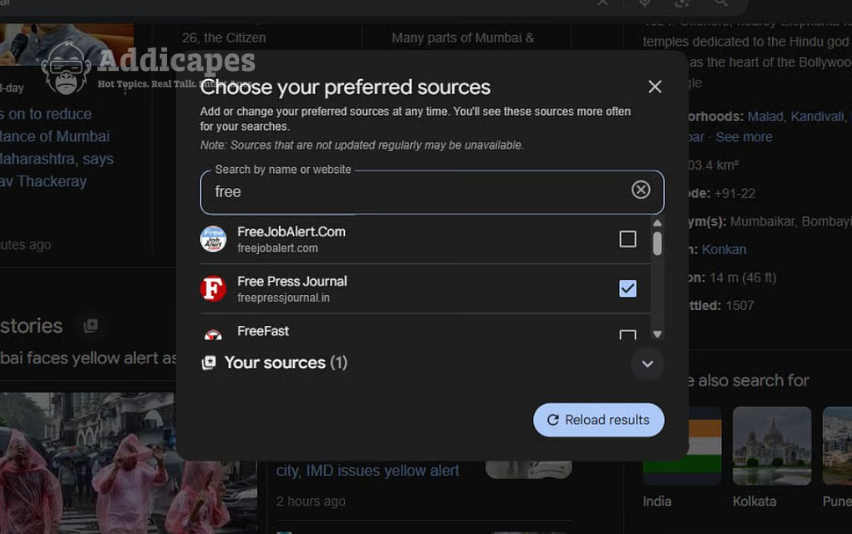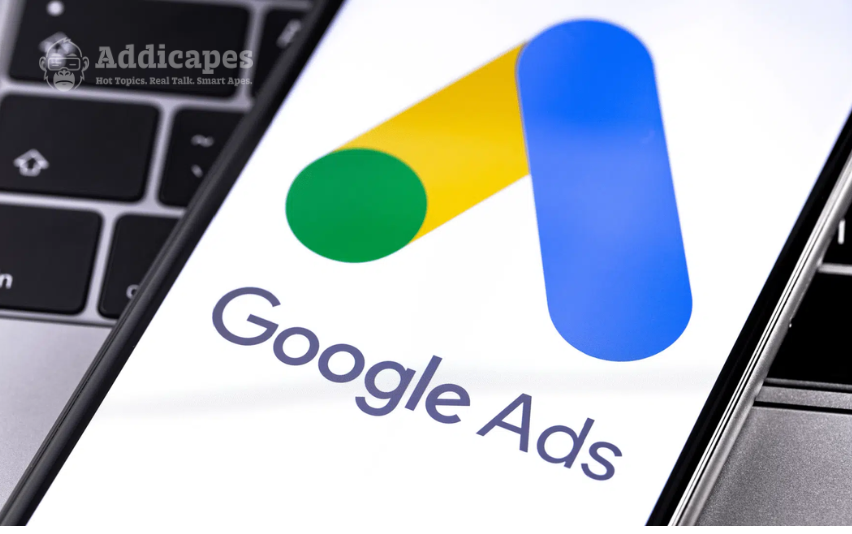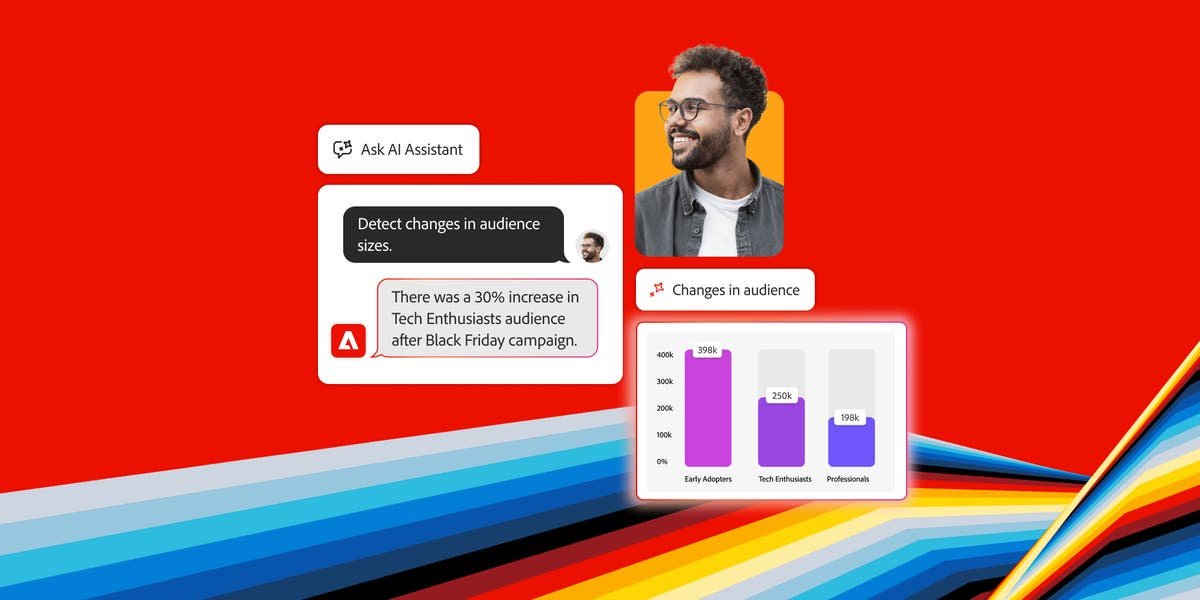Let’s Talk About What Just Changed on Google
Okay, imagine this: you’re searching for the latest news on your phone, and just when the top stories show up, you spot a small star. That star? It means you can hand-pick the news outlets you trust the most. That’s right — Google’s new Preferred Sources lets you pin your go-to websites, so when you search for news in India or the U.S., those voices get priority placement.
Trust me, it’s refreshingly simple but kind of brilliant.
How It Feels to Use This Feature
Here’s how it plays out when you actually try it:
- You type something like “latest climate updates” into Google.
- A box labeled Top Stories appears, and right next to it is that little star.
- Tap the star, and a list pops up — so you can search for sites like The Guardian or your local paper and mark them.
- Hit refresh. Boom — your chosen sources now show up in a special row called From Your Sources.
It’s not rocket science — just personalization without complications. And yes, you can update your inputs any time you like.
Why This Matters Right Now
Have you ever felt overwhelmed by endless headlines from unfamiliar sites? That’s where Preferred Sources shine. You’re the one in control — not some algorithm arbitrarily pushing content. You choose the voices you trust, and that’s what you see first.
For publishers, especially small-scale ones, it’s a quiet opportunity to show up in front of loyal readers. A reader marks you once and there you are — front and center in search results. No flashy ads, just earned visibility.
The Insider Advantage for Publishers
If you run a news site or blog, this feature is your chance to nudge loyal readers to keep coming back. A simple prompt like, “Tap the star to make us your preferred source” can do wonders. And if they do, your content naturally rises in search results whenever they search news-related queries.
Meanwhile, Google still serves up a balanced mix — your preferred sources plus algorithm-picked ones. So everyone wins: users get what they trust, publishers get their share of eyeballs, and Google stays trustworthy.
What Makes This Different from Filters or Blocklists?
Here’s what fascinates me: Unlike filters, which exclude, this feature elevates. You’re not blocking headlines you dislike; you’re simply choosing to see more of what matters to you. That not only feels less restrictive but also fosters trust — emotionally, you feel more seen.
Is There a Catch? Not Really — But Here’s What to Know
- Right now, this works only in India and the U.S., and only in English language searches. Everything else throws an error.
- Not every website qualifies — Google shows publishers that meet certain standards, which makes sense, but it excludes some smaller or niche blogs.
- You might wonder: “Will this lead to echo chambers?” The answer: not necessarily. Google still shows mixed sources alongside your favorites, preserving diversity.
What’s Next? Hold My Beer, Google Will Go Further
Just imagine: someday you could have topic-based favorite sources. “Today, I want my tech blogs. Tomorrow, music sites.” Or even voice-activated personalization (“Hey Google, show me my preferred sources.”)
Granting this level of control is a subtle move but sets the stage for more personalized, trust-driven search experiences. It’s a blend of empowerment and algorithmic support — quietly powerful.
My Takeaway
For you and me, Preferred Sources hits that sweet spot: it’s easy to use, surprisingly effective, and emotionally satisfying. For publishers, it’s a gentle nudge toward loyalty-driven visibility. And for Google? This tweak builds trust without overhauling how search works.













